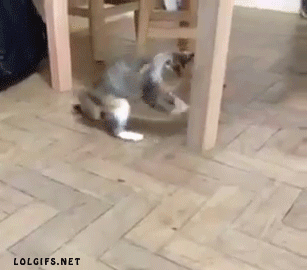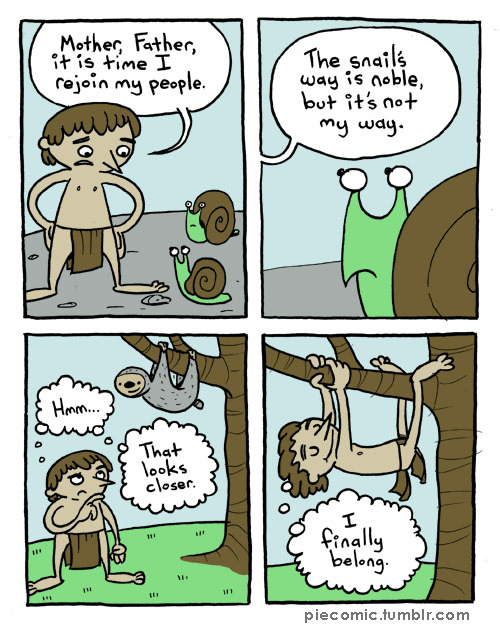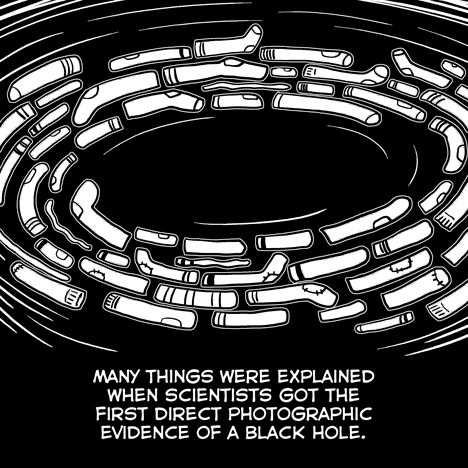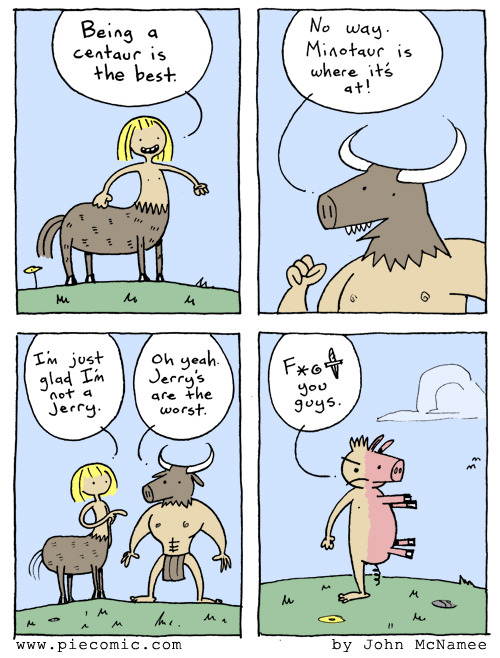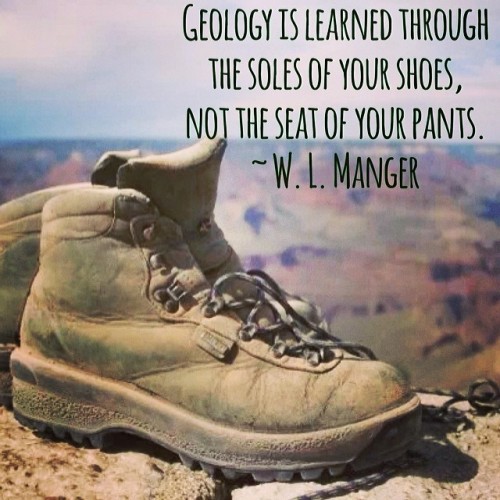Dana and Intrepid Companion look at the exposure from the pullout on Doherty Grade. After the terrific views, the main feature of interest here is the platy jointing in the lava flows. These appear to parallel the flow front of the lobes, and some good examples can be seen in the left middle of the photo. I'm not sure how to interpret this feature; I have a difficult time imagining the stress field that would cause such fracturing. Most of the time, though, textural and structural features such as this tell you something, it's just in this case, I'm not sure exactly what it is I'm being told.
A comment yesterday from Skinny Dennis, regular reader and occasional commenter, leads to an assessment of economic and other minerals/resources in this area. Spoiler: fairly good with respect to bentonite and diatomite, good with respect to mammalian fossils, and pretty much no other prospects. I know of no significant geologic operations in the area, though that doesn't mean they don't exist. And with respect to vertebrate fossils, just don't. They're priceless, unique and irreplaceable... and context- the geologic setting in which they're found- is their most important message. If you find such a fossil on public land, report its location to the proper agency, and leave it alone. The vast majority of us- geologists included- do not have the expertise to do these treasures of past times the justice and documentation they deserve.
Photo unmodified. August 19, 2011. FlashEarth Location.
Is This Your Hat?
11 years ago













